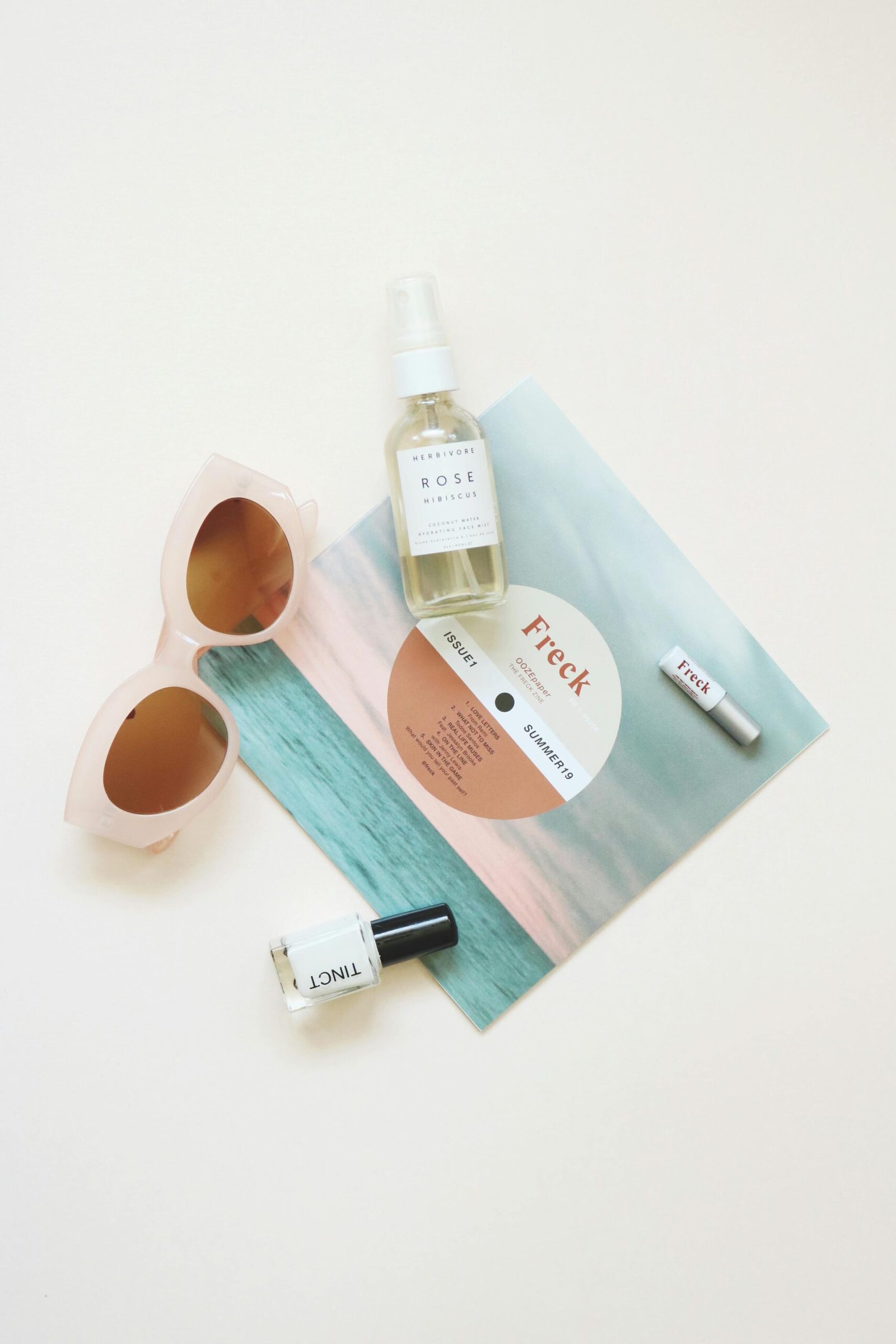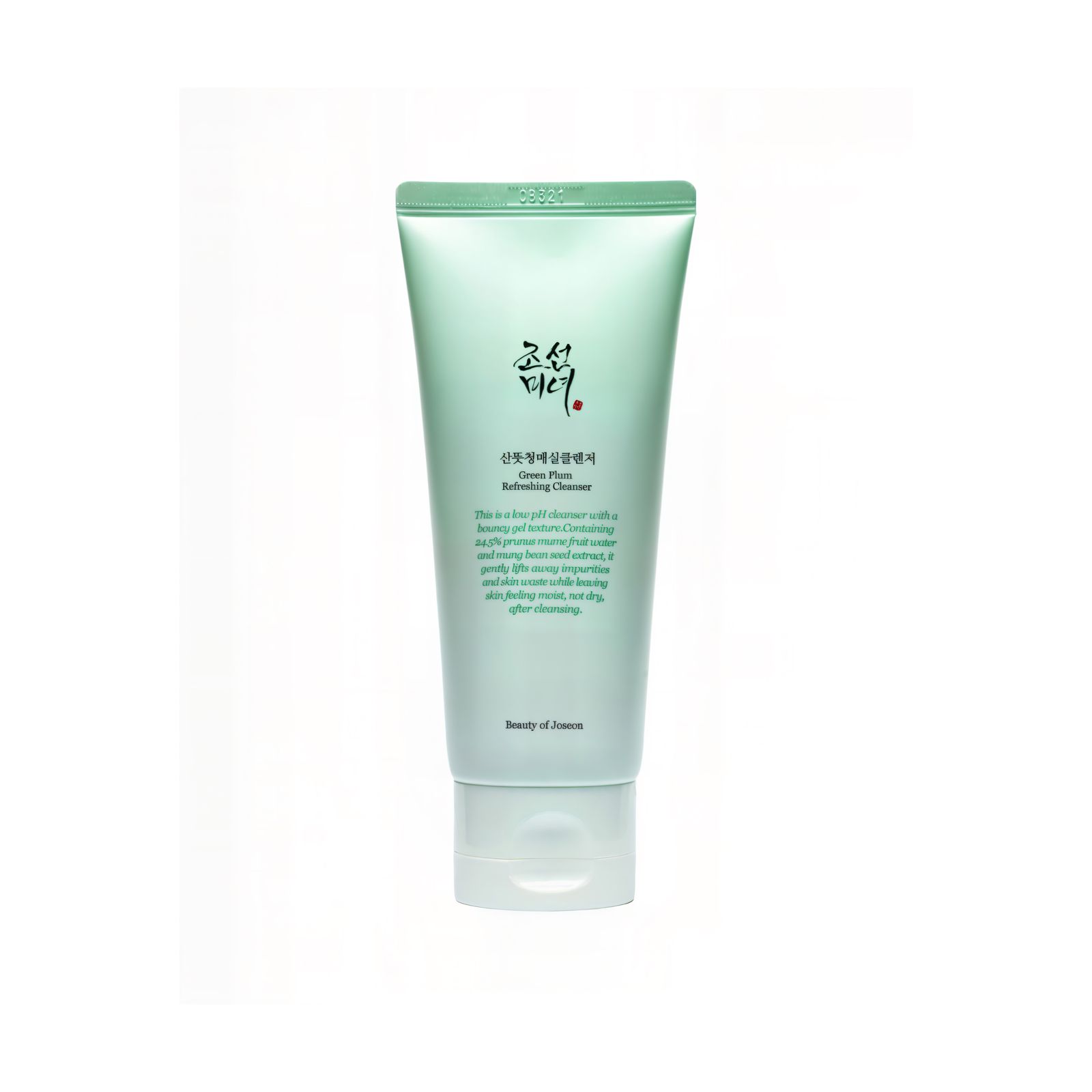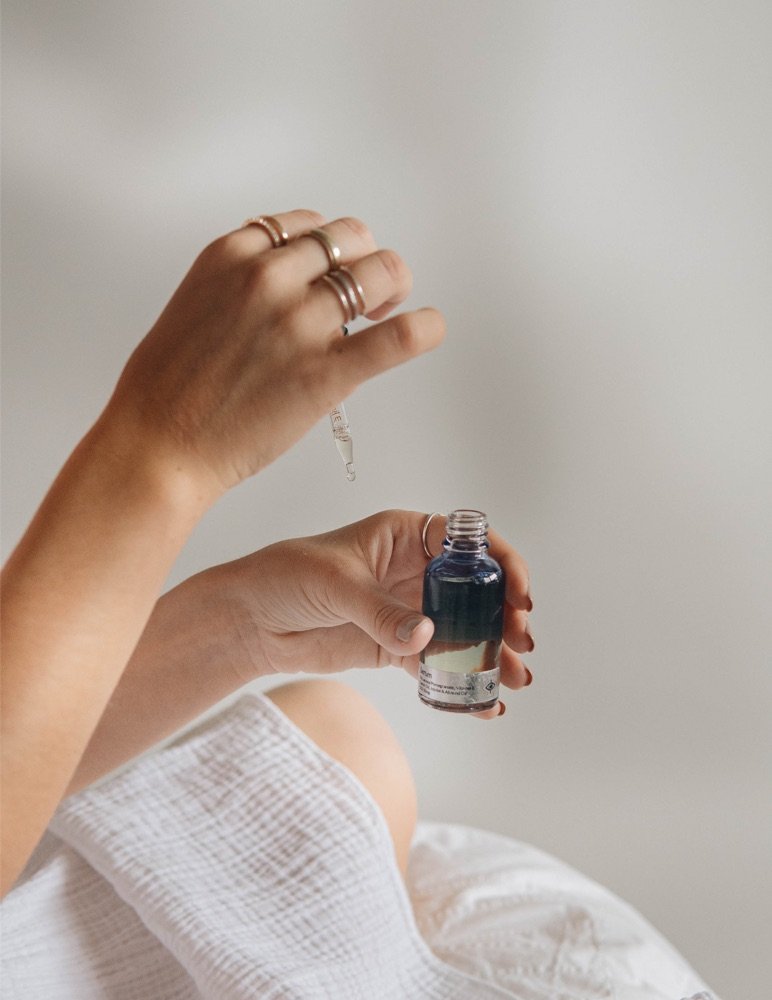When it comes to skincare, choosing the right cleanser can make or break your routine. With so many products on the market, it’s easy to assume that all face washes are the same—but they’re not. One of the most common dilemmas people face is choosing between cleansing gel vs cleansing foam. These two cleansers not only differ in texture but also in how they interact with different skin types.
Whether you’re battling acne, managing sensitive skin, or just starting your skincare journey, understanding the difference between gel and foam cleansers is the first step toward healthier skin.
What Is a Cleanser, and Why Does It Matter?
Cleansers are the foundation of any skincare routine. They remove dirt, oil, sweat, makeup, and environmental pollutants that collect on your skin throughout the day. A good cleanser, like the one offered by Moskinlocker, not only purifies your pores but also preps your skin for the rest of your routine—like serums, moisturizers, and sunscreens.
However, not all cleansers are created equal. Ingredients, texture, and formulation all play a role in how a cleanser performs. That’s where the debate between cleansing gel vs cleansing foam begins.
What Is a Cleansing Gel?
Texture and Function
Cleansing gels have a thick, jelly-like texture and are usually water-based. They’re designed to provide a deep, gentle cleanse without stripping your skin’s natural oils. Gel cleansers don’t typically foam much (if at all), and they’re usually infused with calming or hydrating ingredients like aloe vera, tea tree oil, or plant extracts.
Best For:
- Normal to combination skin
- Sensitive skin
- Dehydrated or dry-prone skin
- Post-workout or hot, humid environments
Benefits of Gel Cleansers:
- Gentle and hydrating
- Don’t dry out the skin
- Effective at removing sweat and surface impurities
- Ideal for morning use or post-gym cleansing
- Many contain soothing ingredients that reduce redness and irritation
When to Use Gel Cleansers:
- Morning routines: Great for refreshing the skin without over-cleansing.
- After workouts: Helps remove sweat without over-drying.
- During travel or humid weather, it keeps skin clean and comfortable without tightness.
What Is a Cleansing Foam?
Texture and Function
Foaming cleansers start as a cream or liquid and transform into a rich, bubbly lather when mixed with water. These bubbles help penetrate deeper into your pores, lifting away dirt, oil, and makeup. Foam cleansers are often seen as more “intense” cleansers and are ideal for tackling oily skin or acne.
Best For:
- Oily skin
- Acne-prone skin
- Clogged or congested pores
- Makeup wearers
Benefits of Foam Cleansers:
- Deeply cleanses pores
- Removes excess oil and sebum
- Leaves skin feeling refreshed and squeaky clean
- Great for nighttime cleansing and after makeup removal
- Often infused with exfoliating or antibacterial ingredients
Caution:
Many foaming cleansers contain Sodium Lauryl Sulfate (SLS), which can irritate sensitive skin. If you have dry or reactive skin, opt for a sulfate-free formula with natural ingredients like colloidal oat or sugar-based exfoliants.
Cleansing Gel vs Cleansing Foam: Key Differences
Let’s break it down side-by-side to help you make a quick decision.
Feature | Cleansing Gel | Cleansing Foam |
Texture | Thick, gel-like, minimal foam | Light, airy, rich lather |
Best for Skin Types | Normal, combination, sensitive | Oily, acne-prone |
Cleansing Power | Moderate to deep (gentle) | Deep, thorough (can be intense) |
Hydration | Hydrating and soothing | May strip moisture (depending on formula) |
Common Use Times | Morning, after gym, humid weather | Nighttime, post-makeup, oily days |
Key Ingredients | Aloe vera, glycerin, tea tree | Exfoliants, botanical enzymes, oat |
Skin Sensitivity | Ideal for sensitive skin | Choose carefully (avoid SLS) |
When Should You Choose a Cleansing Gel?
You should opt for a gel cleanser if:
- Your skin feels tight or dry after washing
- You live in a hot or humid climate
- You need a daily, gentle face wash
- You’re new to skincare and want a safer starting point
- Your skin reacts to stronger cleansers or foaming agents
Bonus Tip: Gel cleansers are a great companion for those with combination skin—they cleanse effectively without tipping your skin’s balance. A great cleansing gel is the one by Beauty of Joseon.
When Should You Choose a Cleansing Foam?
Choose a foaming cleanser if:
- You have persistent acne or excess oil
- Your skin feels greasy by midday
- You wear makeup regularly and need a strong cleanser
- You want that deep-clean feeling at night
- Your skin can tolerate stronger, exfoliating formulas
Pro Tip: Use a foaming cleanser at night and a gel cleanser in the morning for a balanced routine. A good foaming cleanser is the Corsx calming foam cleanser.

Can You Use Both?
Absolutely! You don’t have to choose just one. Many skincare routines alternate between gel and foam cleansers based on time of day, skin needs, or environmental conditions.
Example Routine:
- Morning: Gel cleanser for gentle refreshment
- Evening: Foaming cleanser to deeply remove makeup and impurities
- After Workout: Gel cleanser to remove sweat and prevent breakouts
Rotating products based on your lifestyle can help maintain a healthier, more balanced complexion.
How to Use Cleansing Gel and Foam Properly
For Gel Cleanser:
- Wet your face with lukewarm water
- Take a pea-sized amount of gel
- Massage gently in circular motions
- Rinse thoroughly and pat dry
For Foam Cleanser:
- Start with damp skin
- Lather a small amount of cleanser in your hands
- Apply foam to your face and massage gently
- Rinse off and pat dry with a clean towel
Always follow up with a toner, moisturizer, and SPF (in the daytime) to lock in hydration and protect your skin.

Final Verdict: Cleansing Gel vs Cleansing Foam
There’s no one-size-fits-all answer. Both cleansing gels and foaming cleansers offer unique benefits tailored to specific skin needs.
- If your skin is oily or acne-prone, foaming cleansers might be your best bet for a deeper cleanse.
- If your skin is dry, sensitive, or combination, you’ll likely benefit more from a gentle gel cleanser.
- And if your routine demands flexibility, use both—gel in the morning, foam at night.
The key is to listen to your skin, observe how it reacts, and adjust your products accordingly. Over time, you’ll find the perfect balance between effective cleansing and maintaining your skin’s natural barrier.
So, what are you waiting for? Start your cleanser journey from the great picks Moskinlocker has in store for you! Whether it’s a gel cleanser or a foaming one, we have it all.




